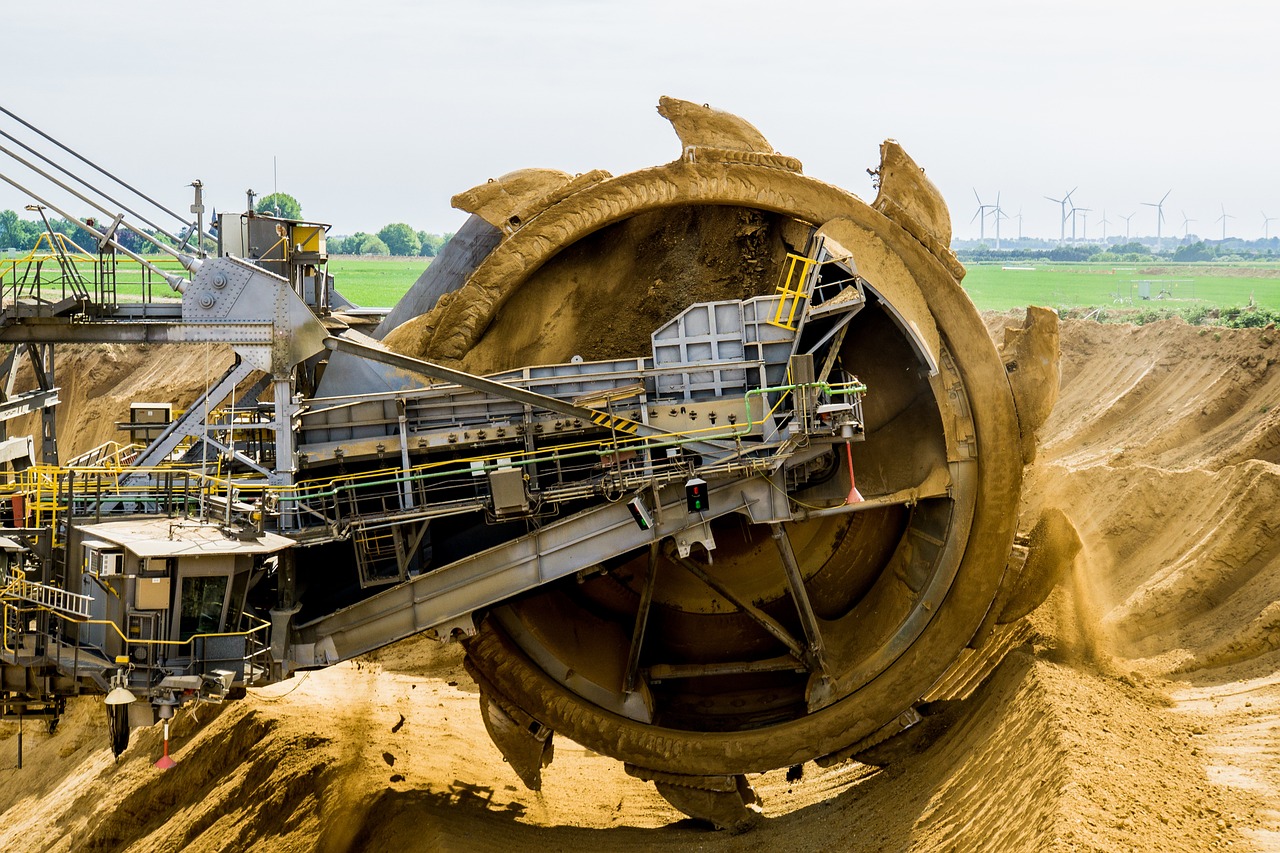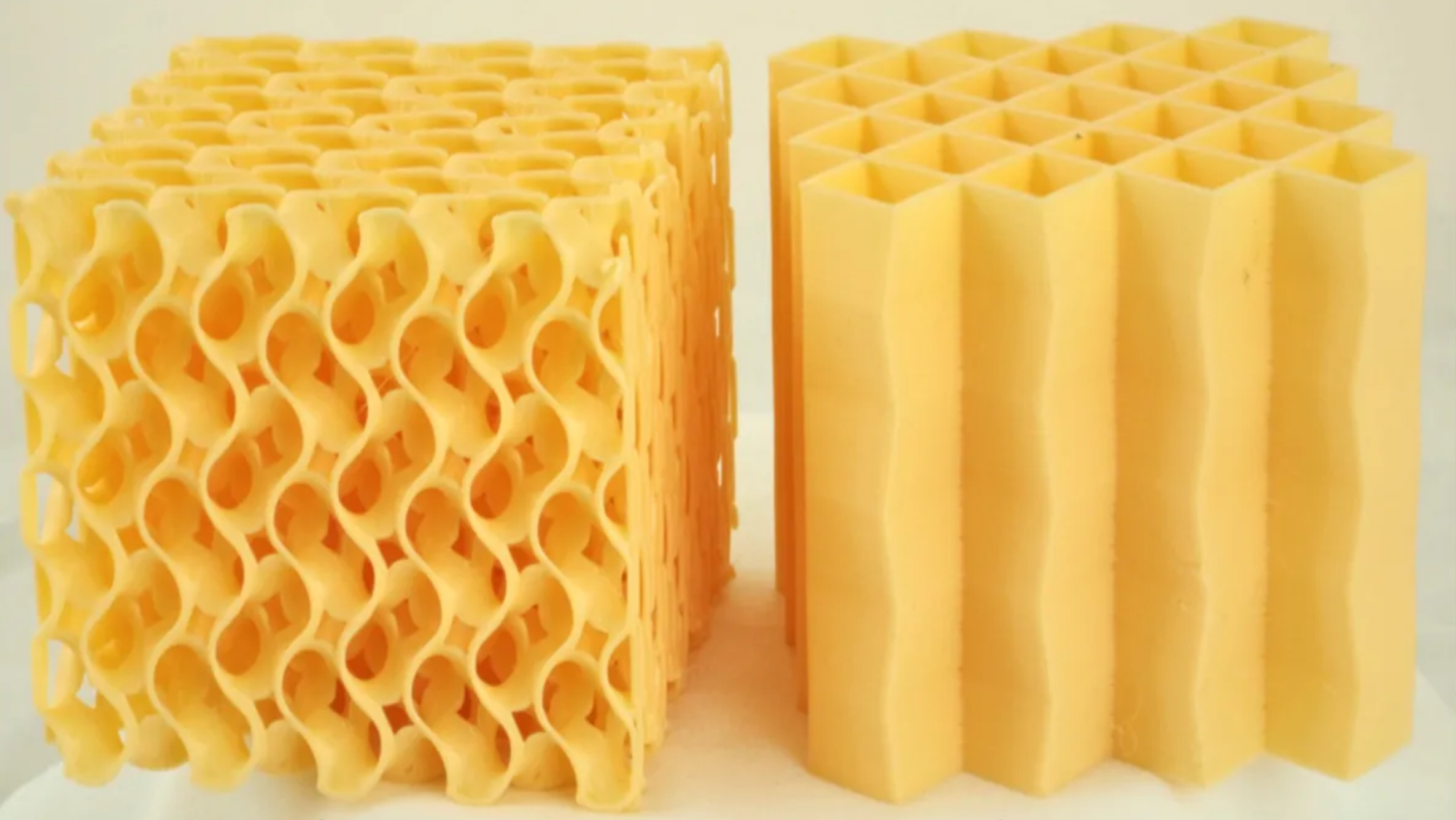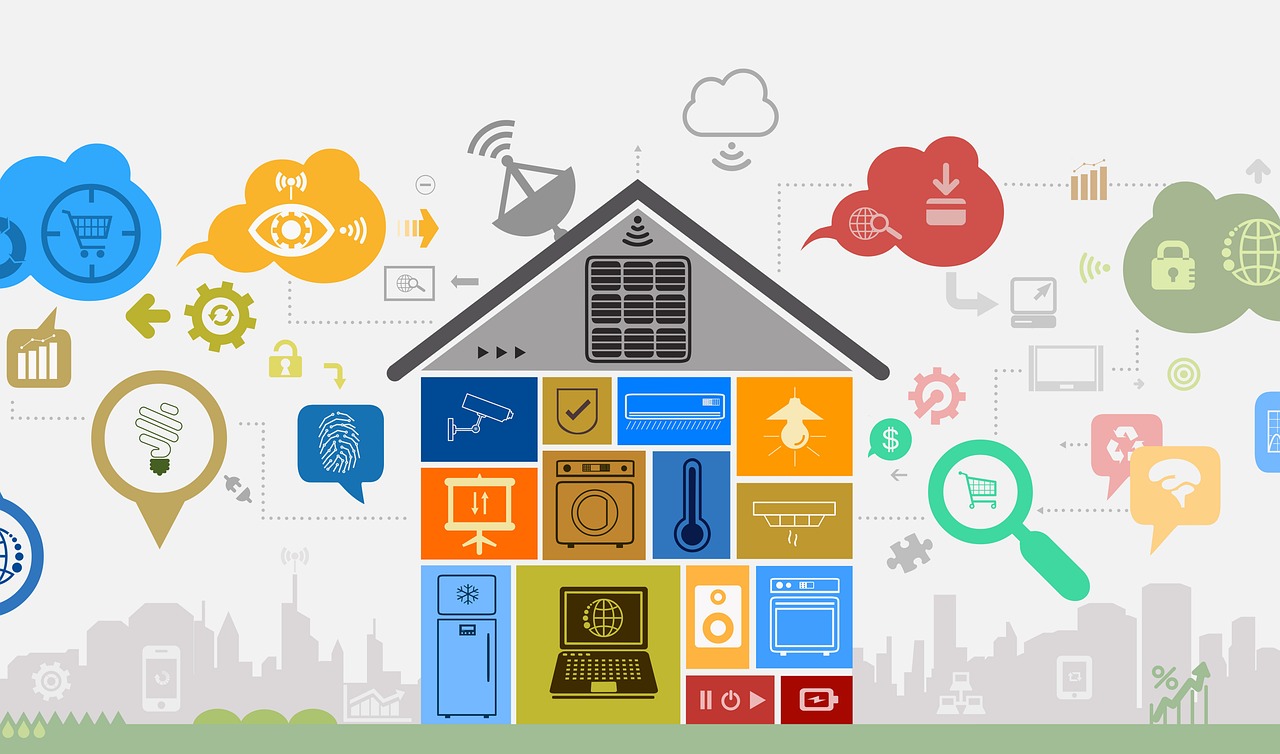Unmanned aerial vehicle (UAV) popularly known as drone is an aircraft without a human pilot on board. The flight of a drone is controlled either autonomously by computers on-board or the remote control. Mostly these drones are military aircrafts flown via remote controls. The person flying a drone is often hundreds of miles away controlling it via satellite link.
Though the drones have been around in one form or another since last few decades, the recent advances in solar cell technology has given the birth to the idea of high altitude, extreme endurance solar UAVs. Many companies are now working on to engineer a drone that can stay in the air longer before it has to land for recharging/refueling and maintenance.
One example that stands out from the rest is New Mexico-based start-up Titan Aerospace’s Solara 50. This drone is designed to stay aloft at an altitude of 65000 feet (more than 12 miles) and remain there for long durations. The Solara 50 has a 50m (164 feet) wingspan with thousands of high efficiency solar cells placed on the upper wing surface and its tail. It would harvest enough solar energy during the day to charge its lithium ion batteries to power flight at night.
The company claims that Solara 50 could stay in the air for as long as five years. The first commercially manufactured Solara 50 is expected to fly early next year. First 3 Solara 50 delivery positions are already assigned and the estimated delivery date of the 4th Solara 50 is June 2014.






